
You’ve probably heard about bullet journals but wondered what it is and how to start one.
So what is a bullet journal?
Let’s just say that a bullet journal is a pen and a notebook system that helps you organize your life and your thoughts. While technology helps us do and achieve things unimaginable in this digital media age, there are advantages to using a simple pen and a notebook system to un-clutter our life.
This system was create by Ryder Caroll, a designer based in New York, and in her own words, a bullet journal is meant to help you track the past, organize the present and plan the future.
Some people find a bullet journal useful and therapeutic. It helps your brain compartmentalize anything and everything in your life – allowing you to have a clearer look and what needs to be done and what has been done.
How to start a bullet journal:
Starting a bullet journal is really easy and cost-effective.
You can either get a plain unlined notebook such as this one with marble print cover (also available in other colors) or start your own with a 3-ring white binder and punch holed sheets of copy paper. If you find yourself always writing lopsided and need some kind of lines, download my FREE dot-grid paper and print it.
You can get then get your own supplies such as:
- Colored Pens (Amazon Best Seller!)
- Stencils (Amazon’s Choice!)
- Fun Stickers (Another Best Seller!)
- Washi Tapes
Or you can get this really inexpensive bullet journal starter kit to start with.The supplies above can really make your bullet journaling so much fun!
What else do you need for bullet journaling?
Let’s just say that bullet journaling isn’t for everybody. If you have never done any kind of journaling before or have used any kinds of planners before, then bullet journaling might be a little bit challenging to start with. Don’t let that stop you from doing so though, especially if you believe that it will help you get your life and your thoughts in order and find more direction in your daily efforts towards achieving your goals, no matter how big or small.
You are going to need a ton of motivation and persistence to keep going with this. Once you get the hang of it, you wouldn’t want to stop.
What do you put on your bullet journal?
Literally, anything and everything! This is why a bullet journal is so awesome. You’re designing and organizing your life on a paper and making it fun and colorful. Unlike a typical planner, you’re not limited to what you want to put on a page.
But here are some guidelines to get you started:
-
Index
An index is basically a table of contents of your journal so that you know where to find your entries should you need to refer back to it in the future. This is typically about 5 pages. You will either be hand-numbering your pages or use number stickers.
Here’s an example: (Via DiaryofaJournalPlanner)
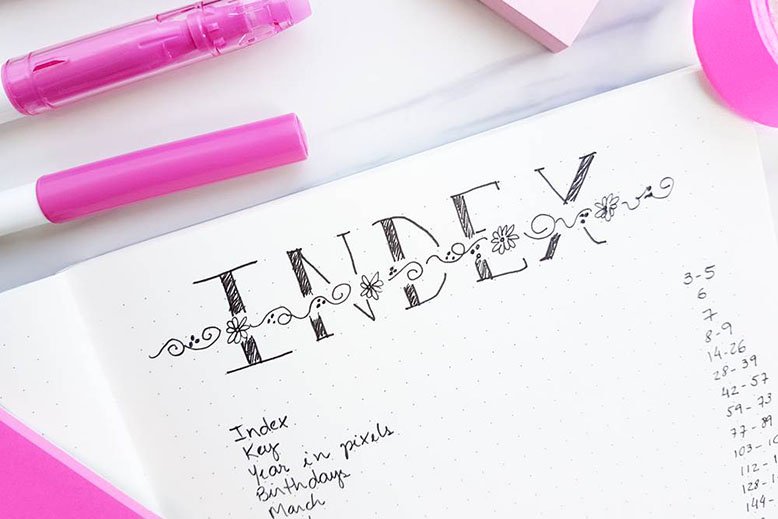
(Via IHeartPlanners)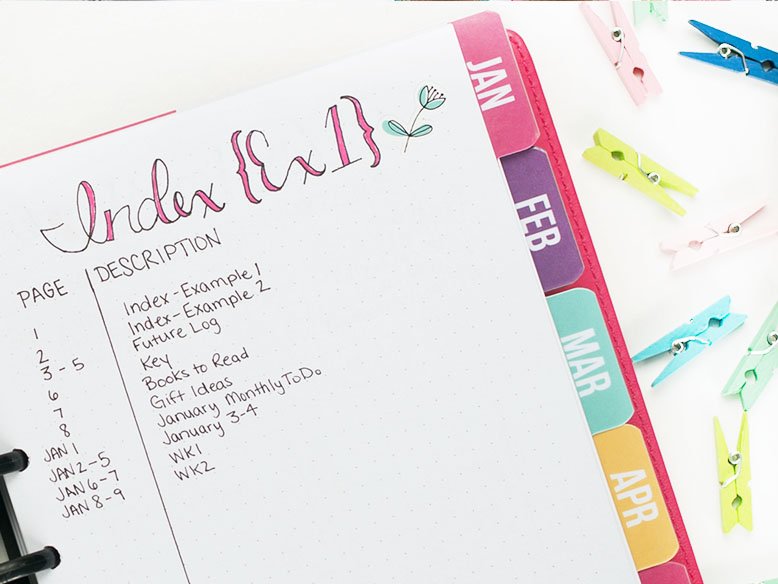
-
Keys (Rapid Logging)
Key are symbols that you use to indicate a particular category. Some use handwritten or drawn symbols while others use color coded stickers or washi tapes.
You can use it to indicate categories such as:
– Things To Do
– Tasks Done / Completed
– Event
– Appointment
– School
– Work / Business
– Family
– Self-Care
– Habits
– Important
– Semi-Important
– And whatever categories you can think of.You will write these symbols or color codes next to your items for reference.
Here are a couple of examples:
(Via @TashBujo)

(Via PlanningMindfully)
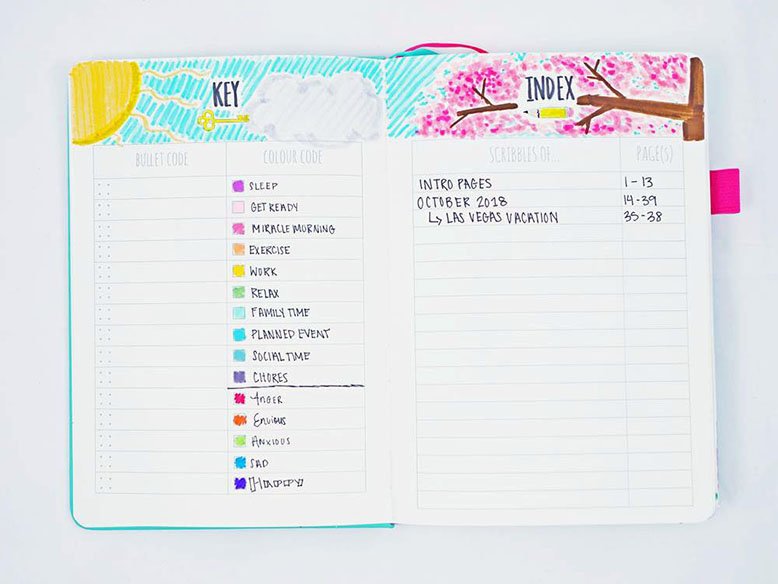
-
Collections
Let’s just say that collections are a fancy way for “Categories”.
Categories can be anything and everything you can think of but the three main ones you MUST include are:
– Monthly Log
– Weekly Log
– Daily LogThese are a means for you to have a quick look on what’s coming up .
Here are some examples:
(Via @simplifybujo)
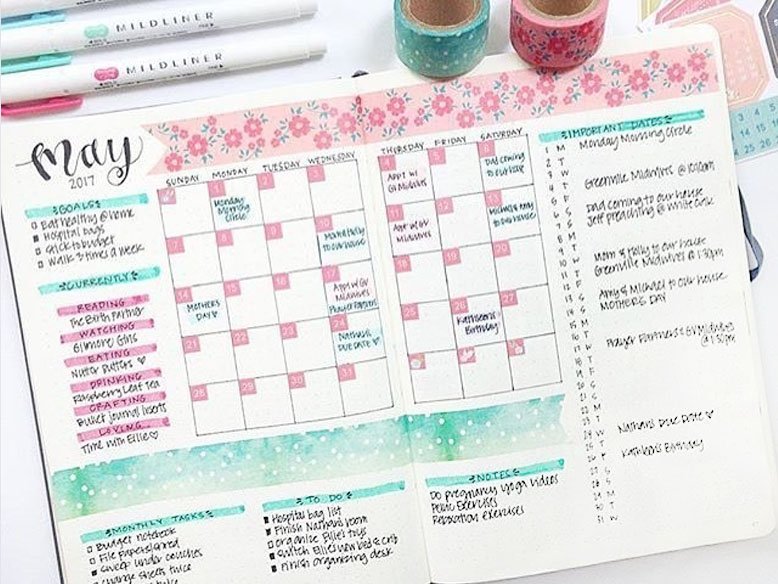
(Via @amys_bujo)
-
Migration
Migration is the act of reviewing the bullet items on your bullet journal and moving them over to another collection such as Done and Undone. This is an important element in your bullet journaling and helps you evaluate your progress.
It is recommended that you do your migration on a weekly as well as monthly basis. If there is anything that’s undone, you can create another Undone bullet list for another day on the following week, if that makes sense, depending on the level of importance.
I love the idea of the migration below that indicates the level of importance.
Here are some examples:
(Via Sublime Reflection)

(Via CreativeSavingsBlog)

In summary, here is the step-by-step breakdown of how to start your own bullet journal:
1. Get your supplies:
– Notebook, create your own using this FREE dot-grid paper , or download my FREE printable below.
– Colored Pens (Amazon Best Seller!)
– Stencils (Amazon’s Choice!)
– Fun Stickers (Another Best Seller!)
– Washi Tapes
2. Set-up your bullet journal:
– Create an Index
– Set-up your Keys using color codes or symbols
– Then a Monthly, Weekly, and Daily Log
Other Ideas You Can Add:
1. Goals
(Via @BraceletsandHeels)

2. Habit Tracker
(Via @bujo.esthetic)
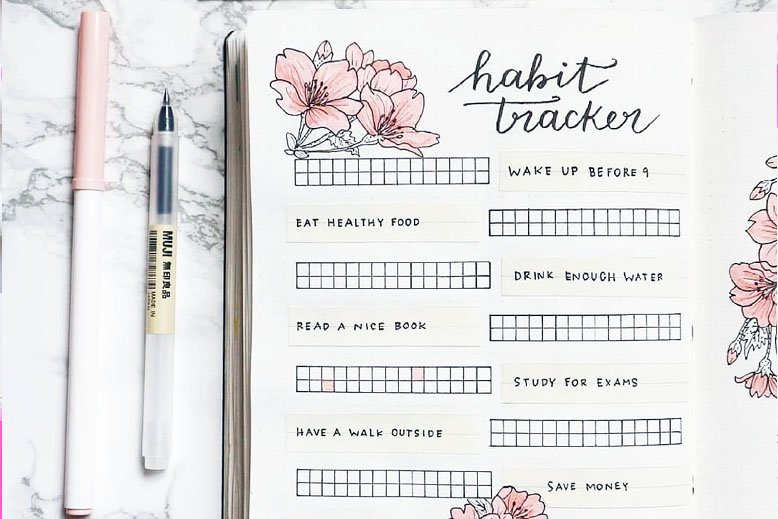
3. Gratitude
(Via @ThePetitePlanner)
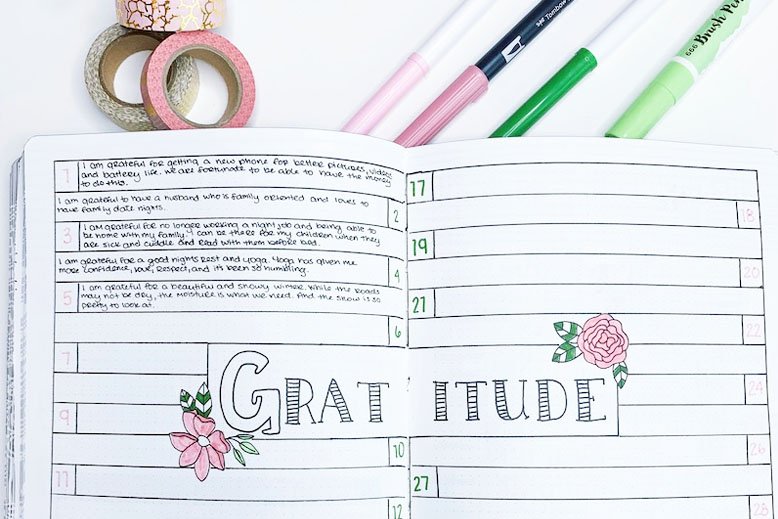
4. Bucket List
(Via @DingBats)
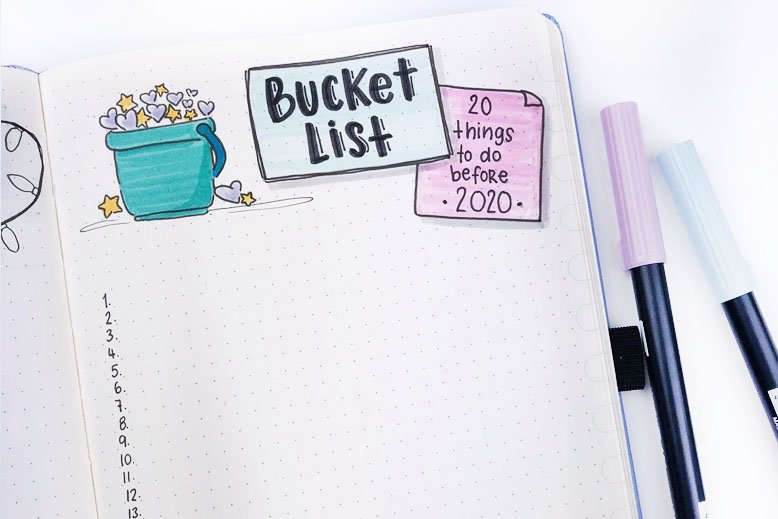
Download this FREE bullet journal printable:
On this download, you will receive 40 pages which include:
- Journal Cover
- 6 Quotable Quotes Inserts
- Index
- Keys
- Things I’m Grateful For
- Random Thoughts
- How I’m Feeling
- Monthly Log Cover + January – December Log
- Weekly Log Cover + Week At A Glance Log
- Daily Log Cover + Monday – Sunday Log
- 15 Day Calendar
- Migration

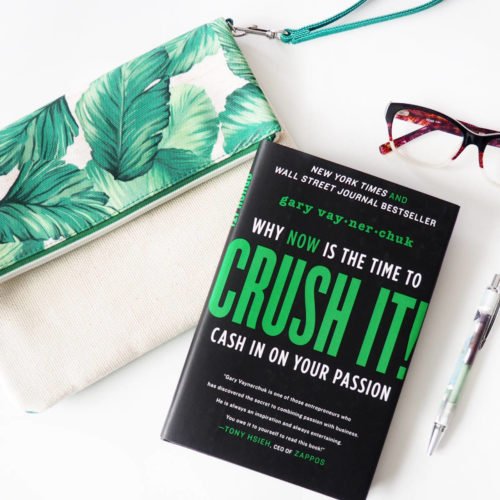


I have a bullet journal but I honestly think I must be doing it wrong haha I just don’t feel very motivated to write on it. Thanks for the tips, I think I’m gonna be adding more stuff to mine and make it more creative and different to make me want to write on it more.